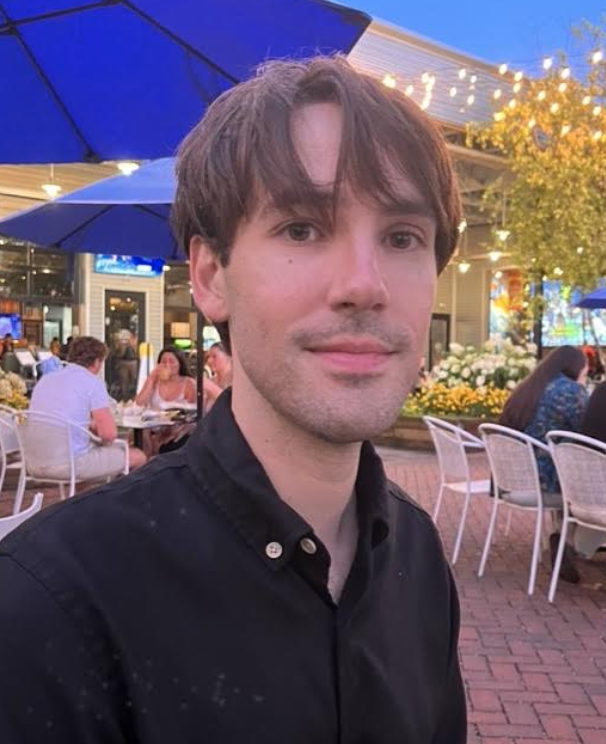What do alternative universes, time travel, and sci-fi visions of the future have to do with nonfiction writing? More than you might suspect!
We tend to think of nonfiction writing as confined to fact, but speculation is one of the most valuable tools available to a nonfiction writer of any genre, whether it’s academic, expository, or creative nonfiction.
An essay is more than a collection of information. Good nonfiction writing can be infused with imagination in ways that often go unnoticed. Here I’ll explore how we can use speculation to add dimension to our nonfiction writing.
What is speculation?
Speculation is ‘the forming of a theory or conjecture without firm evidence.’ Put differently, speculation involves trying to make sense of what we can’t know for sure. It’s something we do all the time. We speculate when we wonder what a friend is thinking or when we walk out of the theater and begin to form a theory about what the ending of the movie meant. We engage in speculation when we imagine the future or fill in the gaps in our memory. Similarly, anytime a nonfiction writer makes an inference about what someone is thinking or posits an interpretation, they are using speculation to make sense of the world around them.
Let’s explore the role of speculation in creative nonfiction and expository writing respectively.
CREATIVE NONFICTON
Creative nonfiction writers can use speculation to:
- Predict and forecast future events
- Hypothesize about past events, or theorize about why something happened
- Fantasize, daydream; explore fears, hopes, and projections
- Write what-ifs and what-could-have-beens
- Conjecture about what someone (or something) thinks of feels
Take this example, from Bernard Cooper’s essay ‘The Fine Art of Sighing’:
The sighs of widows and widowers alone must account for a significant portion of the carbon dioxide released into the atmosphere. Every time a girdle is removed, a foot is submerged in a tub of warm water, or a restroom is reached on a desolate road… you’d think the sheer velocity of it would create mistrals, sirrocos, hurricanes; arrows should be swarming over satellite maps, talking a mile a minute, ties flapping from their necks like flags.
Here Cooper uses speculation to create a memorable image: a cascade of simultaneous sighs inciting a hurricane. He fantasizes about the cumulative effect of all these sighs to make his case for the overlooked beauty of a sigh. Cooper’s uses speculation to take his otherwise lowly topic—the humble sigh—and cast it in nearly cosmic proportions.
Exercise: Do you have a memory that no one else remembers? Or an event that a friend recalls differently than you? Write your version of the event, probing the edges of what feels concrete and uncertain in your memory.
EXPOSITORY WRITING
A good essay documents the writer's mind on the page. Whether we are synthesizing research into an argument or interpreting a text, we are often pressed to make sense of questions without definite answers. That’s where speculation comes in.
Take this example from philosopher Thomas Nagel’s famous 1974 essay, ‘What Is it Like to Be a Bat?’ Here Nagel makes a case for the limits of our ability to imagine the experiences of other creatures:
It will not help to try to imagine that one has webbing on one's arms, which enables one to fly around at dusk and dawn catching insects in one's mouth; that one has very poor vision, and perceives the surrounding world by a system of reflected high-frequency sound signals; and that one spends the day hanging upside down by one's feet in an attic. In so far as I can imagine this (which is not very far), it tells me only what it would be like for me to behave as a bat behaves. But I want to know what it is like for a bat to be a bat.
Nagel hinges his rigorous philosophical argument on a speculative thought experiment. Can we ever really know about it’s like to be a creature so radically different from us? Here Nagel uses speculation to make the point that behaving like a bat is different than knowing what it's like to be one. It is not possible for us to imagine our way into the experience of such a creature, he speculates.
Speculative thought experiments are powerful tools we can use in all kinds of nonfiction writing. Similarly, expository moves like what-ifs, counterfactuals, and counterarguments all involve speculating on the consequences or plausibility of certain claims. As with creative nonfiction, expository writing often involves writing into the unknown and exploring open questions (closed ones aren't as interesting, anyway, right?). Truth is often unstable and complicated; speculation is a tool that helps us do the important work of exploring such fascinating terrain.
Exercise: Make a list of three questions about your essay topic that no one has yet to answer. What is yet to be known about your subject? Write a speculative paragraph exploring some possible answers or solutions to these open questions.
WHAT IF…
Both creative nonfiction and expository writing come alive when we use our imagination to make sense of the world while probing the edges of what can be known about it. After all, if the universe is infinite, there’s no such thing as fiction.

Comments